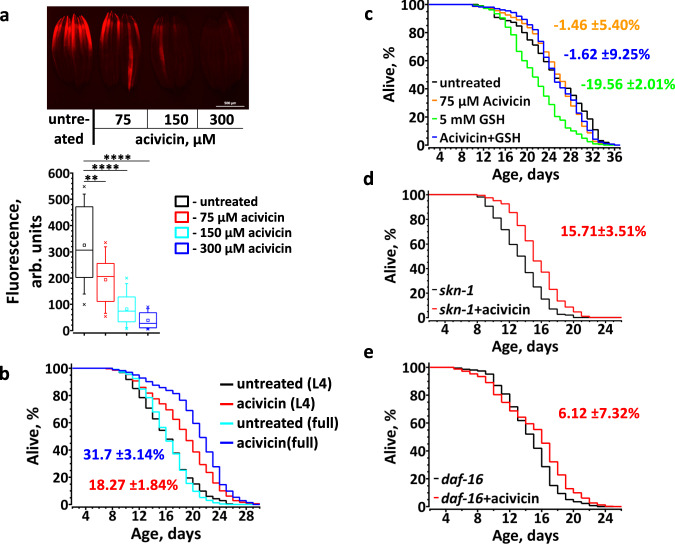Fig. 5. Restriction of exogenous GSH increases C. elegans lifespan.
a Representative fluorescent image (top) and quantification (bottom) demonstrating total thiols level in live animals exposed to the escalating concentrations of acivicin. L4 stage wt worms were reared on plates supplemented with various concentration of acivicin. At day 3 of adulthood worms were stained with ThioFluor 623. Box plot indicate median (middle line), 25th, 75th percentile (box) and 5th and 95th percentile (whiskers) as well as maximum, minimum and mean (single points). n = 68–126 worms over three independent experiments. See also Supplementary Table 7. On the graph p values are: **p < 0.01; ****p < 0.0001; two-tailed t-tests. b The ɣGT inhibitor, acivicin, significantly extends the lifespan of C. elegans. Worms were exposed to acivicin either from stage L4 (L4, red trace) or from eggs (full, blue trace). n = 256(untreated from L4), 264(acivicin from L4), 198(untreated from eggs), 309(acivicin from eggs). c Acivicin extends C. elegans lifespan by inhibiting GSH uptake by C. elegans. L4 stage worms were transferred to plates with killed bacteria and supplemented with acivicin, GSH, or both (n = 154(untreated), 193(acivicin), 191(GSH), 240(acivicin + GSH). d Acivicin extends the lifespan of skn-1 (zu67) worms (n = 123(untreated), 146(acivicin)). e Acivicin fails to substantially extend the lifespan of daf-16 worms. Average percentage change ±SD of the lifespan relative to untreated control is indicated in matching color (n = 324(untreated), 321(acivicin)).

